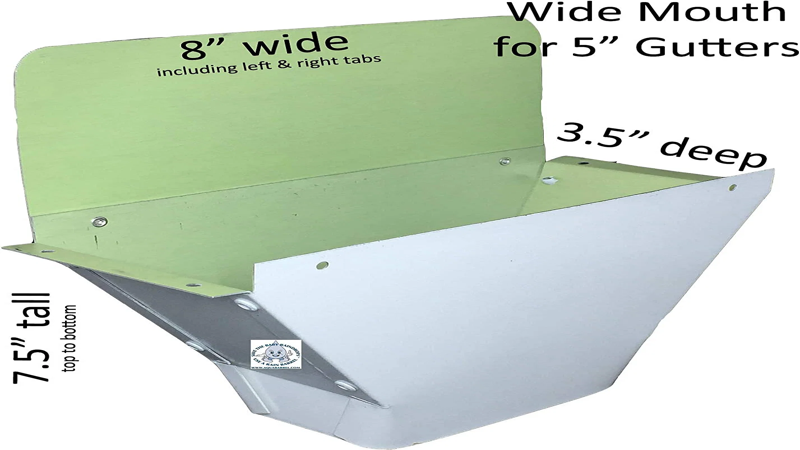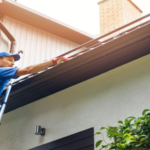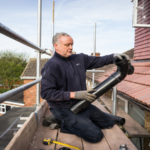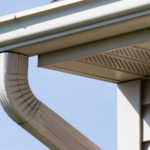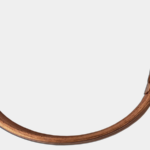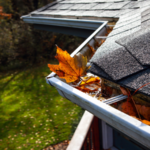If you’re a homeowner, you know that gutters are an important part of your home’s exterior. They channel water away from your foundation and help to prevent water damage. But gutters can be a pain to install, and if you’re not careful, you can end up spending a lot of money on a professional installation.
- Measure twice, cut once. This old adage definitely applies to gutters. Measuring correctly is crucial, so take your time and make sure you have the right measurements before you start cutting.
- Use the right tools. You’ll need a level, a tape measure, a hacksaw, and a ladder. Make sure you have all the tools you need before you start the installation.
- Install the gutters before you install the roof. This may seem like common sense, but it’s important to make sure the gutters are in place before the roofing goes on. Otherwise, you’ll have a much harder time getting the gutters installed properly.
- Follow the manufacturer’s instructions. Every type of gutter is different, so it’s important to follow the manufacturer’s instructions to ensure a proper installation.
How hard is it to install gutters yourself?
It depends on a few things. If you have a one-story house, then it is not too difficult to install gutters yourself. However, if you have a two-story house, then it is more difficult to install gutters yourself. Also, if you have a lot of trees around your house, then it is more difficult to install gutters yourself.
Is it cheaper to install gutters yourself?
It is cheaper to install gutters yourself if you have some experience with home improvement projects. If you need to hire someone to do it for you, the cost will be higher. The material costs for gutters are relatively inexpensive, and you can find most of the supplies you need at a local home improvement store. The biggest cost will be your time, so if you’re short on time, it’s probably not worth it to try to save a few hundred dollars by doing it yourself.
What are some common mistakes that people make when installing gutters?
- One of the most common mistakes people make when installing gutters is not making sure that the gutters are properly sloped. If the gutters are not sloped correctly, then water will not be able to drain properly and will pool in the gutters. This can lead to a number of problems, including overflows and leaks.
- Another common mistake is not securing the gutters properly. Gutters need to be attached to the fascia board (the board that runs along the edge of the roof) with screws or hangers. If they are not properly secured, then they can come loose during a storm and cause damage to your home.
- Another mistake people make is not cleaning the gutters regularly. Gutters can become clogged with leaves, twigs, and other debris. If they are not cleaned out regularly, then the water will not be able to flow properly and could back up and cause damage to your home.
What is the rule of thumb for gutters?
There is no one-size-fits-all answer to this question, as the right gutters for your home will depend on a number of factors, including the climate you live in, the type of roof you have, and the amount of rainfall your area receives. However, as a general rule of thumb, most homes will need gutters that are at least five inches wide in order to effectively channel away rainwater.
What are the easiest gutters to install?
There are many types of gutters to choose from when installing new gutters. Some types of gutters are easier to install than others. Some of the easiest gutters to install are K-style gutters and half-round gutters. K-style gutters are available in many sizes and colors, and they have a simple design that makes them easy to install. Half-round gutters are also available in many sizes and colors, and they have a slightly more complex design than K-style gutters, but they are still relatively easy to install.
Why would you not put gutters on a house?
There are several reasons why one might not put gutters on a house. For starters, gutters can be a pain to install and maintain. They can also be quite costly. Additionally, gutters can actually do more harm than good in some cases. If they are not installed properly, they can actually cause water to pool around the foundation of the house which can lead to serious leaks and even damage the foundation itself. Finally, in areas where there is a lot of wind or debris, gutters can actually become clogged quite easily which can lead to water spilling out and onto the ground (or, in the case of wind, onto the house itself).
Are vinyl gutters better than aluminum?
Vinyl is a type of plastic, so it will never corrode. It is also UV resistant, so it will never fade or crack from the sun. Aluminum gutters will eventually corrode and will need to be replaced more often than vinyl gutters.
Do gutters need to be sloped?
If your gutters are not installed with the proper pitch, you can try to adjust them yourself. However, it is best to leave this task to a professional gutter installer. Improperly installed or adjusted gutters can cause a number of problems, such as leaks, overflowing gutters, and gutters that pull away from your home’s fascia.
Conclusion
If you’re looking to save time and money on your next gutter installation, be sure to follow these tips. With a little bit of planning and preparation, you can ensure that your gutters are installed correctly – and that they’ll last for years to come.
